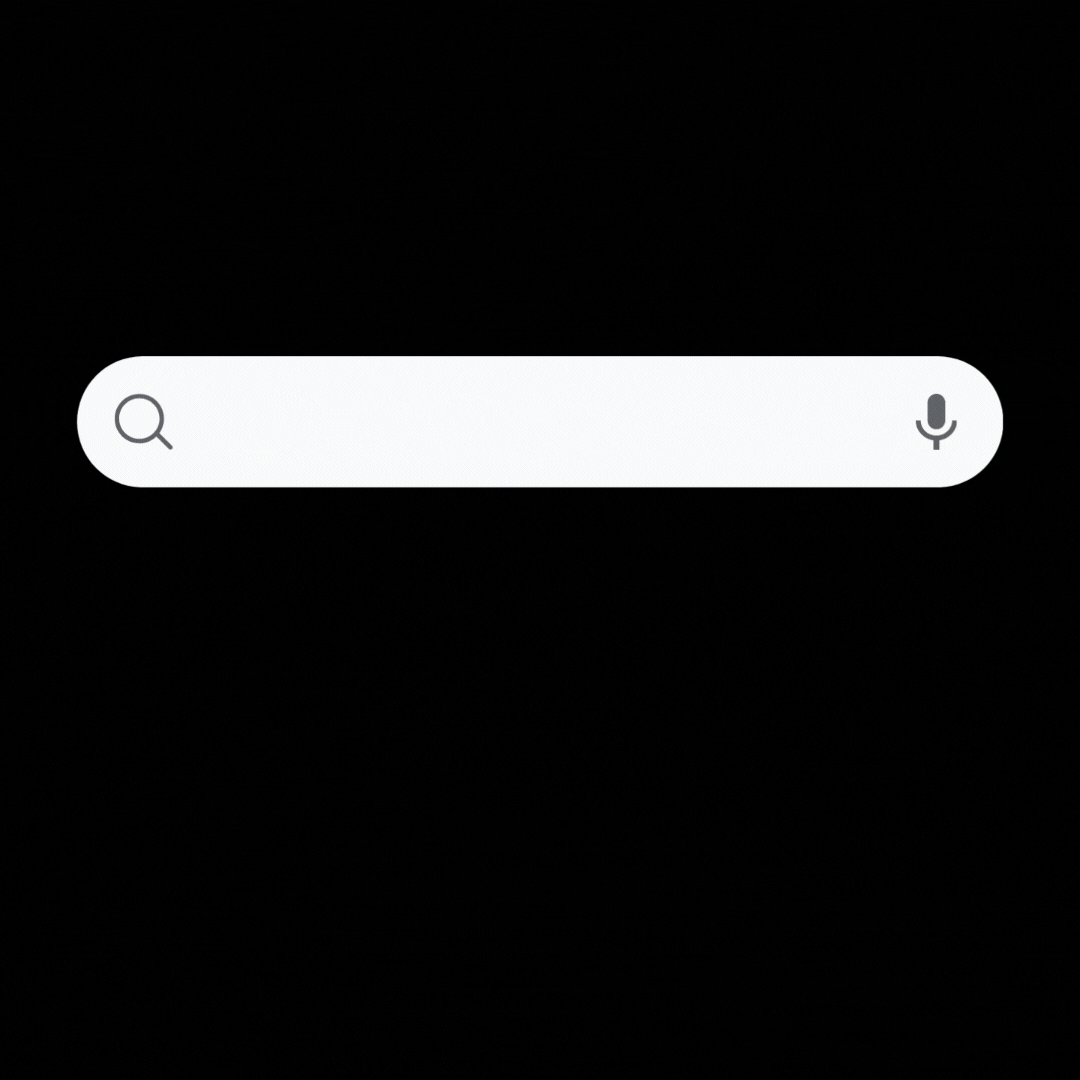>Censorship vs. Safeguarding: Government Roles in Content Regulation
In an era where digital platforms serve as both the town square and the marketplace, governments face the formidable task of regulating content to balance the rights of free expression with the imperative to protect the public. This balancing act between censorship and safeguarding is a delicate and often contentious issue that has shaped media landscapes worldwide. As governments refine their roles in content regulation, the distinction between protecting citizens and curbing freedoms becomes a central concern.
The digital age has transformed the way content is created, shared, and consumed, with social media platforms and digital news serving as primary sources of information for billions globally. This shift has amplified the spread of misinformation, hate speech, and potentially harmful content, compelling governments to intervene to protect public trust and safety. However, the challenge lies in ensuring that such interventions do not slide into censorship, suppressing legitimate discourse and chilling free speech.
Democratic nations generally prioritize safeguarding citizens while upholding free expression as a fundamental democratic principle. In the European Union, for instance, regulations like the General Data Protection Regulation (GDPR) and the upcoming Digital Services Act (DSA) aim to enhance user protection and enforce transparency without compromising core freedoms. The DSA seeks to create a safer digital space, proposing obligations for platforms to tackle illegal content and improve content moderation practices. Importantly, these regulations emphasize accountability and user rights, reflecting a commitment to safeguarding without overarching censorship.
In the United States, the First Amendment offers robust protections for speech and press freedom. However, this broad interpretation often complicates efforts to regulate online content. Debates around Section 230 of the Communications Decency Act, which provides immunity to internet platforms from liability for user-generated content, underscore the tension between maintaining open dialogue and ensuring content responsibility. Attempts to amend Section 230 highlight the ongoing struggle to balance protection from harmful content with the preservation of free expression.
In contrast, countries with more authoritarian regimes often use content regulation as a tool of control rather than protection. China’s “Great Firewall” exemplifies a stringent approach, with the government censoring what it deems politically sensitive or destabilizing content. Such regulations go beyond safeguarding, cutting off access to diverse global narratives and diminishing freedom of expression. Russia, similarly, has implemented laws that allow broad state intervention in digital content, suppressing dissent and limiting journalistic independence.
Balancing censorship and safeguarding requires governments to carefully calibrate content regulation policies. Transparency, accountability, and independent oversight are crucial elements of any regulatory framework. Mechanisms such as independent regulatory bodies, appeals processes, and checks on governmental power ensure that attempts to safeguard the public do not devolve into unjust censorship.
International cooperation plays an essential role in defining effective content regulation strategies. Cross-border digital communication necessitates collaborative efforts, where countries work together to address global challenges such as disinformation and digital hate speech without undermining free expression. Forums like the Internet Governance Forum (IGF) and initiatives like the Christchurch Call encourage dialogue and consensus-building, fostering norms and practices that respect human rights.
Technology companies also shoulder responsibilities in content regulation. Effective moderation, algorithmic transparency, and a commitment to user safety are integral to self-regulation efforts. By fostering partnerships with civil society and governments, tech companies can enhance content moderation policies that safeguard users, empower dialogue, and respect freedom of expression.
Media literacy education complements regulatory efforts, empowering individuals to critically assess online content and resist manipulation. By cultivating digital discernment, societies can protect themselves against misleading content, fostering an informed and engaged citizenry.
In conclusion, the balance between censorship and safeguarding embodies the core challenge of government roles in content regulation. As policymakers navigate this intricate landscape, they must prioritize transparency, accountability, and the fundamental rights of free expression. By embracing collaborative efforts and fostering a balanced approach, governments can ensure that content regulation serves to safeguard rather than stifle, reinforcing democratic values in an increasingly digital world. As societies continue to navigate the media landscape’s complexities, striking the right balance remains key to ensuring an open, safe, and informed public sphere.










